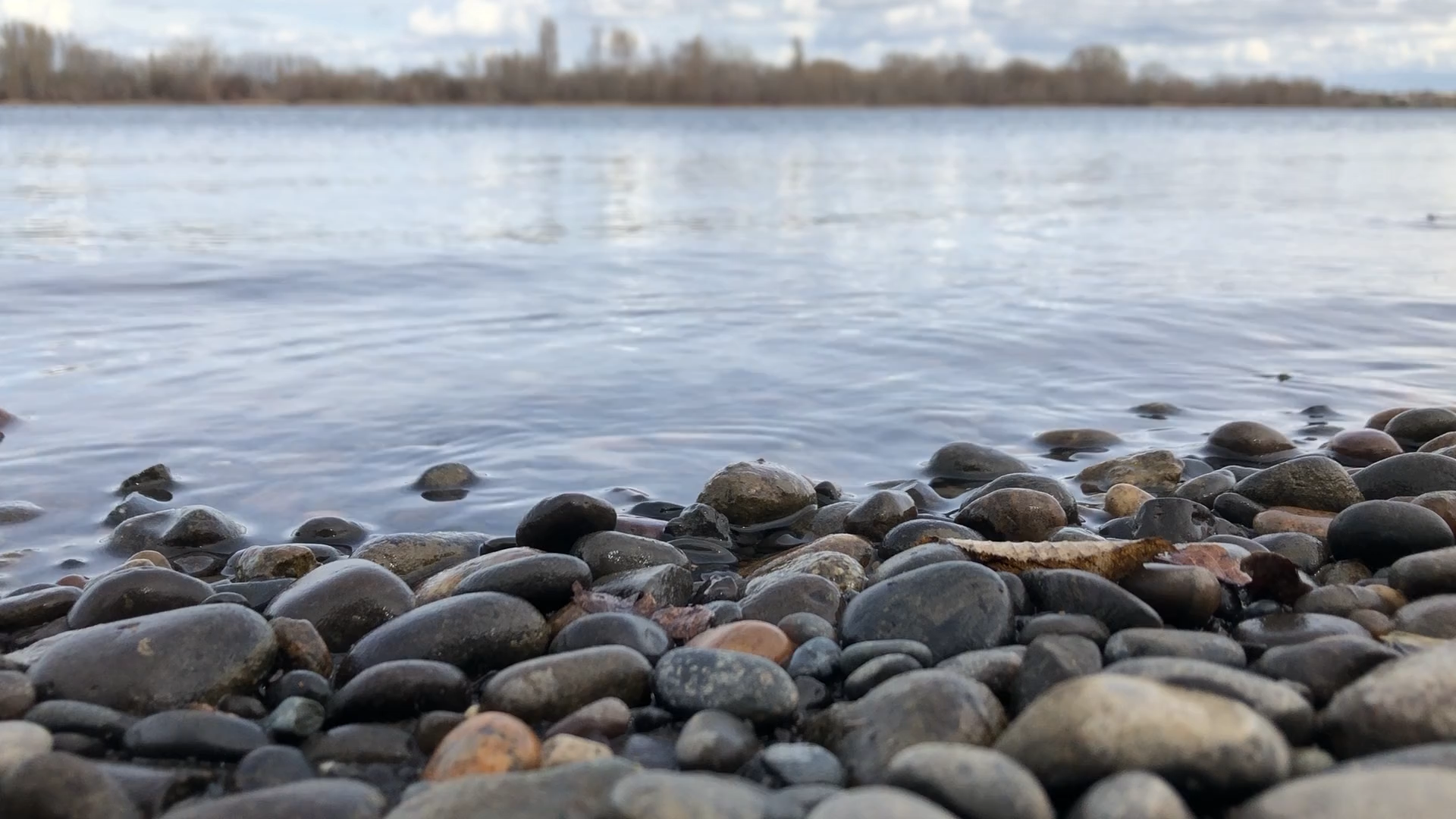As adventurers journey through the valleys of the Pacific Northwest, it is inevitable to pass by the dams that harness the energy of our local rivers. The power of the flowing waters of the Columbia and its tributaries most importantly provide electricity to our region but also offer recreational opportunities for our residents and tourists in the byproduct of reservoirs behind the concrete walls.
The history of the Columbia River dams was the dream of President Roosevelt in the 1920’s. He once visited Portland, Oregon and spoke of the large public works project that would handle the threat of flooding, provide electricity, and ensure navigability of the waterways. In addition to providing ample power for the people of the Pacific Northwest, the reservoirs created by the dams have created numerous recreational opportunities, including fishing, boating, and windsurfing.
The Corps operates a series of eight dams on the lower Columbia and Snake rivers that affect the habitat and migration of anadromous salmon and steelhead species. These are Bonneville, The Dalles, John Day and McNary on the lower Columbia; and Ice Harbor, Lower Monumental, Little Goose and Lower Granite on the lower Snake River. The dams impede juvenile and adult migrations to and from the ocean by their physical presence and by creating reservoirs. The reservoirs behind the dams slow water velocities, alter river temperatures, and increase predation potential. Reduced water velocity increases the time it takes juveniles to migrate downstream, higher water temperatures may have adverse effects on juvenile and adult behavior, and predators find prey more easily in slower-moving water. However, all eight of these dams have juvenile and adult fish passage facilities to enable fish to migrate past the dams; and, the dams are operated to improve passage as well as reservoir conditions for fish.
Most dams in the Columbia River Basin were built for multiple purposes. Dams provide flood control, hydroelectricity, water for irrigation, locks for navigation of boats and barges and places for recreation. Some dams provide all of these benefits; most provide some but not all.
Hydropower, however, is the lasting legacy of the Columbia, where dams to this day provide more than half of the electricity consumed in the Pacific Northwest. Most of the region’s hydropower is generated on the Columbia River and its tributaries. The history of hydropower dams in the Columbia Basin, like the history of hydropower elsewhere in the nation, is notable for the battle between advocates of public control of waterways and advocates of private control. The battle over water power legislation lasted 15 years in Congress, from 1905 through the passage of the Federal Water Power Act in 1920.
Roosevelt embraced the concept of multiple-purpose dams that would create slack-water for navigation, provide flood control, and generate hydropower. In 1906, and again in 1910 after he left office, the General Dam Acts authorized the federal government to license water power dams on navigable rivers. Water power became a national issue under Roosevelt. In 1907 he created the Inland Waterways Commission to study development of the nation’s rivers, and in February 1908 the Commission delivered its preliminary report to Congress. The report declared rivers are assets of the people, warned about monopolies taking over river development, and endorsed multiple-purpose development of rivers.
The subsequent surveys were completed in 1932 and presented to Congress on March 29 of that year. Entitled, “Columbia River and Minor Tributaries,” the survey and report totaled 1,845 pages. The report, known also as House Document 103, proposed a plan for building eight dams on the Columbia, including Grand Coulee and Bonneville, and also storage projects farther upstream at the site of present-day Hungry Horse Dam and in Pend Oreille and Flathead lakes by raising their levels. The Board of Engineers of the U.S. Army expanded the plan to 10 dams. All of these, consistent with congressional direction in 1925, were to be built for the purpose of “improving the Columbia River and minor tributaries for the purposes of navigation and efficient development of water-power, the control of floods and the needs of irrigation.”
Roosevelt won the election in 1932 and became president on March 4, 1933. For Roosevelt, the huge public works projects that would put people to work and raise America from the Depression were projects of opportunity — opportunity for a better nation and opportunity for individuals to improve their lives.
Hydropower development began quickly. Puget Sound Power and Light Company completed Rock Island Dam in 1933 a short distance downstream from Wenatchee. It was the first dam on the mainstem Columbia River, and it was not a multiple-purpose dam. Its sole purpose was to generate electricity.
Construction began at Grand Coulee and Bonneville, both multiple-purpose dams, in 1933; Bonneville was completed in 1938 and Grand Coulee in 1941. The last major dams completed in the Columbia system were Lower Granite on the Snake River and Libby on the Kootenai, both in 1975. Many more dams were finished later, but they were smaller.
Of the 274 hydroelectric dams in the Columbia River Basin today, 19 are in British Columbia. There are 14 dams on the main stem of the Columbia from Mica to Bonneville, and five on the lower Snake from Hells Canyon Dam to Ice Harbor Dam. As of July 2017, Columbia River Basin hydropower dams have a total nameplate capacity of 34,318 megawatts and produce, on average, 16,254 megawatts of electricity. This is 54.4 percent of the total generating capacity and 55.7 percent of the total average annual energy produced in the Northwest electricity supply.



